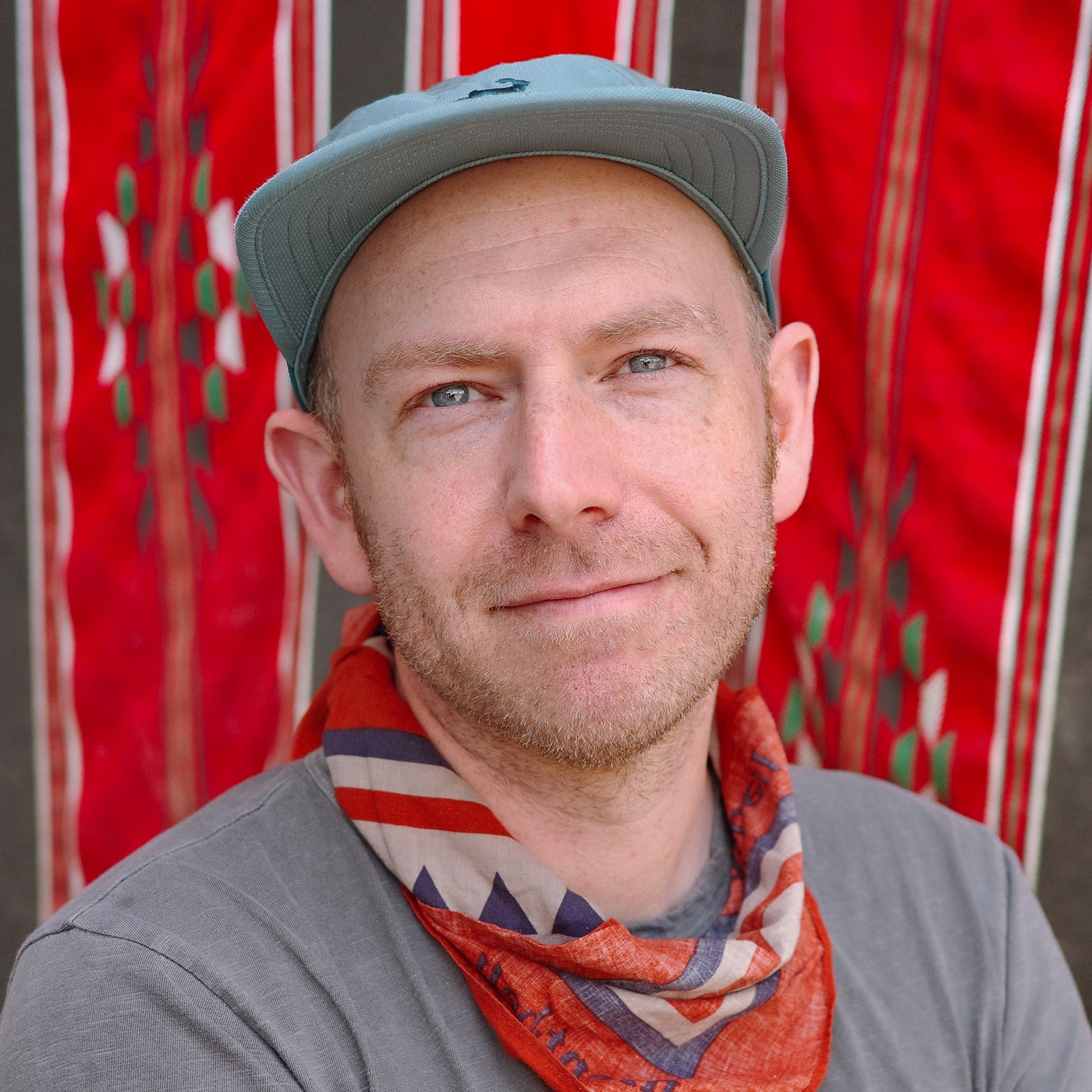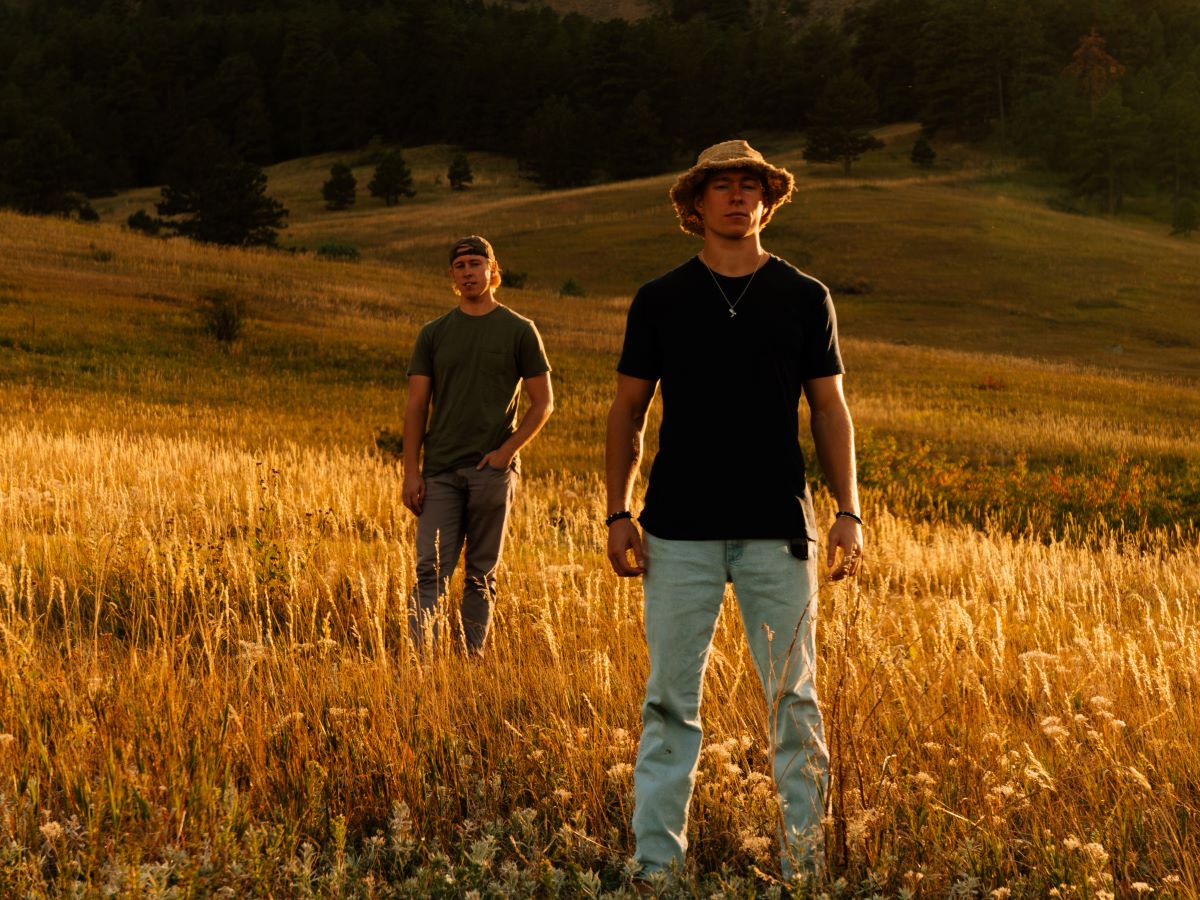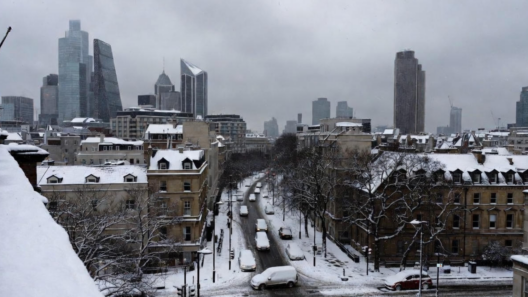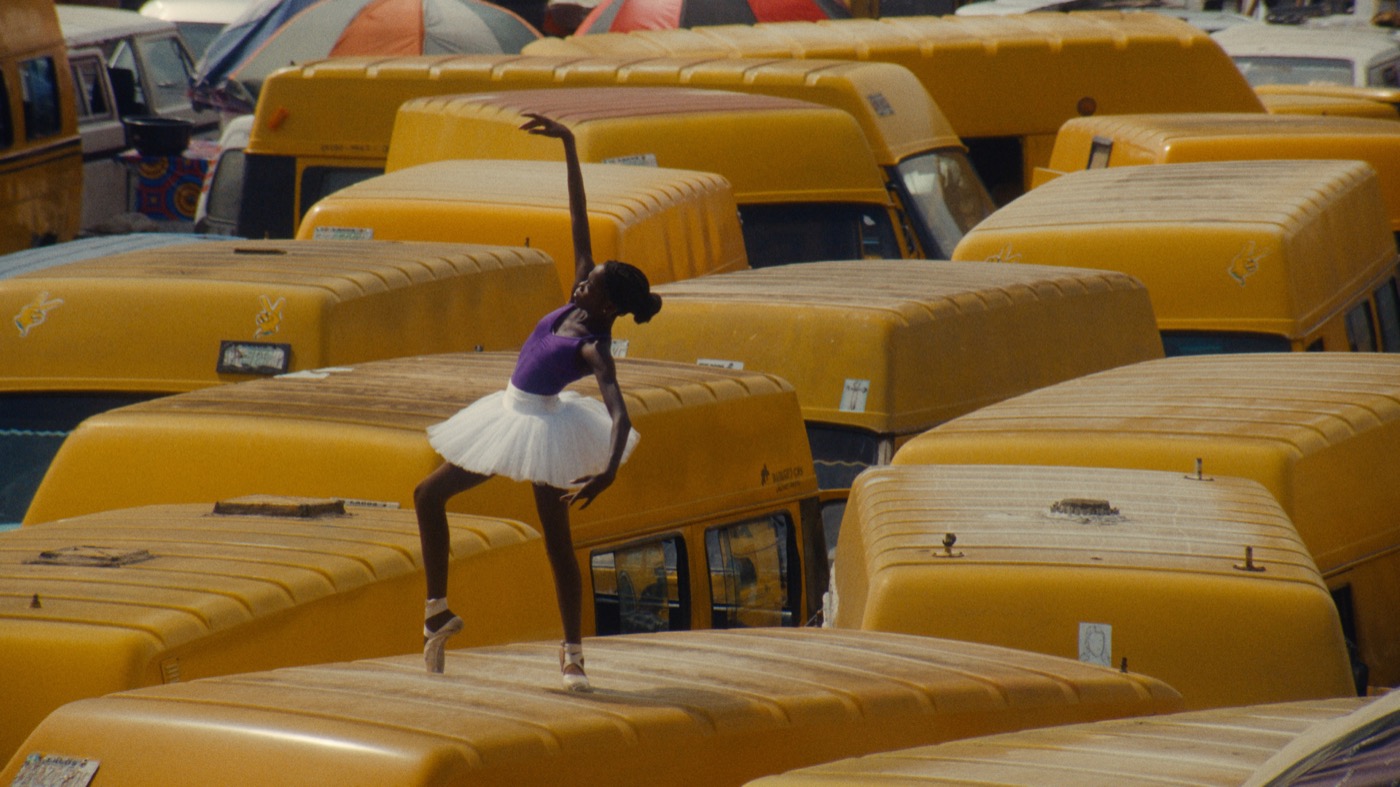Tell us about Then Comes the Body and how you got involved in this project.
I came across Leap of Dance Academy at the same time that millions of other people did: during the first summer of the pandemic, when their story went viral. I read everything I could find about the school — it had all the elements of a feel-good story — but my curiosity kept growing. I wrote every few months to try make contact, and shared an edit of my dance work that could be watched by cell phone. Eventually, I shared a proposal for a collaboration that would enable them to tell their own story rather than relying on the glossy format of the news anchors.
The story of Daniel Ajala is incredible. Tell us about his background and how did you first come across him?
Daniel is from a small community called Ajangbadi at the outer edge of Lagos, Nigeria. When he was a teenager, he came across the Hollywood movie Save The Last Dance and felt intensely drawn to ballet… and since there was no ballet around him, he spent the next decade teaching himself through Youtube and downloading PDFs. It’s an amazing case of someone whose hunger to pursue their curiosity makes them unstoppable.
Was it difficult to convince the dancers to appear in the film?
While it took about a year to make a meaningful connection with Leap of Dance, once we starting meeting by video chat, they quickly got excited about the project. In the best of circumstances, being invited to join a project like this feels like a calling. Filming in public, on the bus tops, in the marketplace — everyone involved was extraordinarily brave and un-self-conscious.
Was there anything that surprised you when interviewing your subjects?
Spending time with people who’ve had vastly different experiences from me and finding ways of building closeness is the most interesting part of what I do.
The determination that Daniel inspires from the people around him is remarkable. I recorded the interviews at the end of our trip, after most of the filming had wrapped. Olamide and Precious dance constantly — it’s as natural for them as breathing — but when it came time to speak about themselves, it seemed like a new experience. It’s a good reminder of how specific our confidence can be to one practice or another.

What was the biggest challenge during the filming process?
Any time you leave home to make a film, you invite unknowns. Our local production team made the production experience as smooth as it could be — but the neighborhood we spent most of our time in didn’t have reliable electricity, water, bathrooms. It’s hot, and dusty, and there aren’t markets for supplies. So while I love experiencing new places that are different from home, it was also a constant challenge with keeping a lean production running.
How do you see Leap of Dance Academy developing over time?
It’s been an amazing year and a half for the Academy — lots of student opportunities both locally and abroad. Scholarships. Performances. They just got a floor and a roof — both of which are game-changing for the students. Their star is rising.
Who are the documentary filmmakers that have been most influential to your career?
Ron Fricke’s epic (and wordless) work across the world has meant a ton to me.
I love the emotional intelligence in Errol Morris’s interviews.
Werner Herzog’s tirelessness and embrace of the uphill battle.
What’s next for you?
I’m developing the follow-up to my first feature-length dance film, Girl Walk // All Day, and starting to get excited (and stress about fund-raising!).






